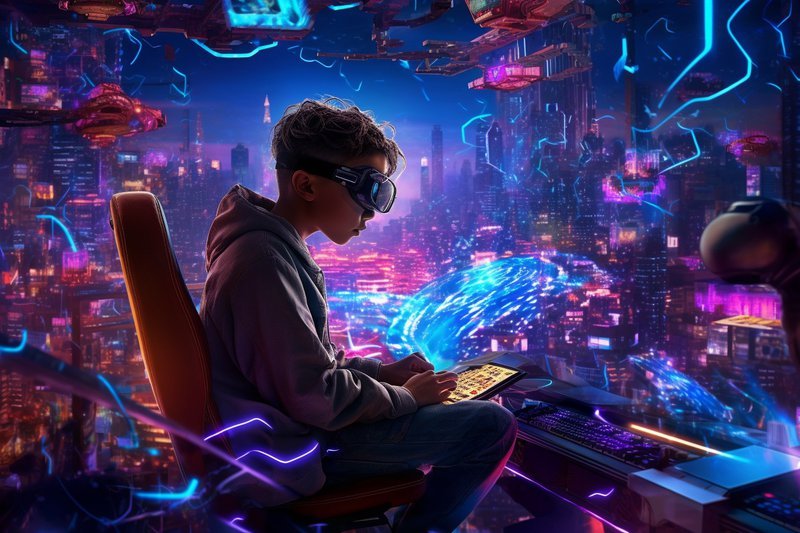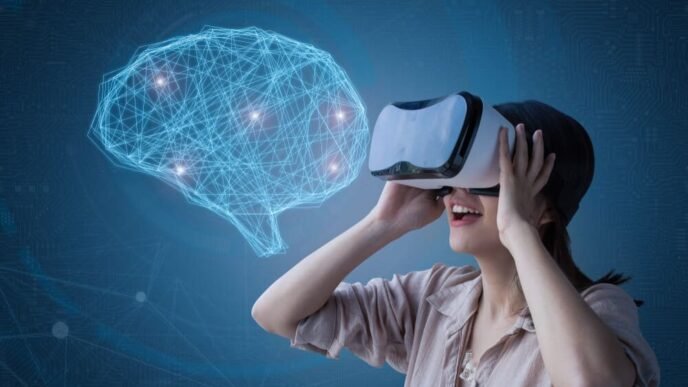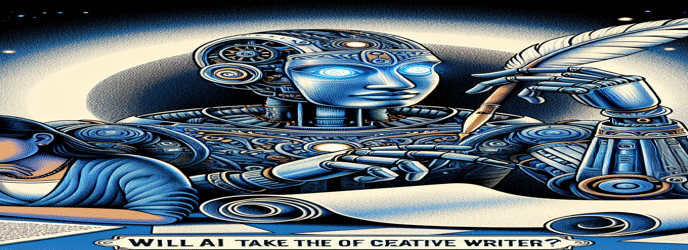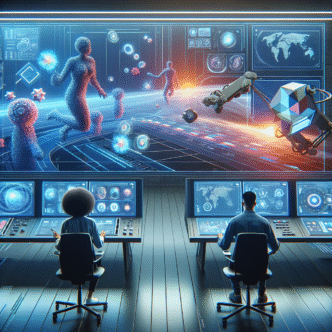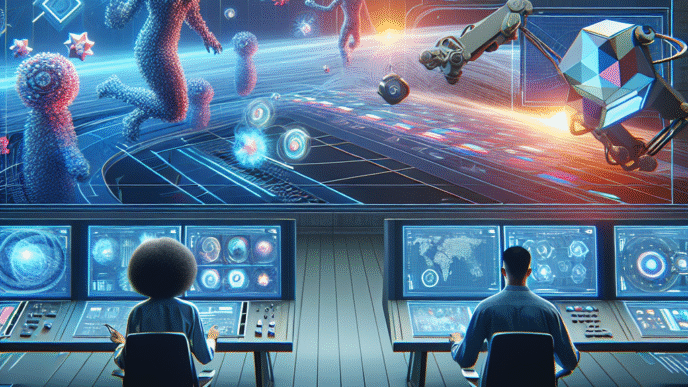A groundbreaking development in artificial intelligence and gaming has emerged from the collaborative efforts of AI companies Decart and Etched. They have created an AI-generated version of the popular sandbox game Minecraft, not by coding but by training an AI model on gameplay footage and user inputs. This demo serves as a proof of concept for real-time interactive video generation, showcasing the potential for creating dynamic, on-the-fly gaming experiences without traditional programming.
An AI-Generated Minecraft Experience
When players enter this AI-generated Minecraft world, the experience feels both familiar and peculiar. Basic actions like moving forward, chopping down a tree, or placing a dirt block are possible. However, anomalies occur—turning around might reveal that the dirt block you just placed has transformed into an entirely new environment. Such hallucinations are a result of the AI’s current limitations in consistently replicating the game’s mechanics and environment.
The developers acknowledge these quirks. Dean Leitersdorf, cofounder and CEO of Decart, explains that the demo is intended to illustrate the possibilities of AI in generating immersive environments without the need for manual coding. “Your screen can turn into a portal—into some imaginary world that doesn’t need to be coded, that can be changed on the fly. And that’s really what we’re trying to target here,” he says.
The Technology Behind the Demo
The AI model, named Oasis, was trained using millions of hours of Minecraft gameplay videos and corresponding user actions. This massive dataset enabled the AI to learn the game’s physics, environmental dynamics, and control mechanisms purely from observation. The technique employed is known as next-frame prediction, where the AI generates each subsequent frame in real time based on the current state and user inputs.
This method allows the AI to generate the game’s visuals and interactions without any pre-written code defining the game’s rules or mechanics. Instead, the AI infers these aspects from the training data, resulting in a game that is both familiar yet unpredictably different due to the AI’s interpretative nature.
Challenges and Limitations
While the concept is revolutionary, the current implementation has notable limitations:
• Resolution and Fidelity: The game’s visual quality is low-resolution, and the graphics lack the crispness of the original Minecraft.
• Session Duration: Players can only engage with the game for a few minutes at a time before it becomes unstable.
• Hallucinations: The AI sometimes generates unexpected changes in the environment, such as altering placed blocks or morphing landscapes, due to its imperfect understanding of consistent game states.
These issues stem from the computational demands of real-time AI-generated graphics and the limitations of existing hardware used in the demo.
Hardware Constraints and Future Plans
A significant hurdle in advancing this technology is hardware performance. The demo currently relies on NVIDIA graphics cards, which, while powerful, are not specifically optimized for this type of AI application. To overcome this, Etched is developing a new custom chip called Sohu. According to Robert Wachen, cofounder and COO of Etched, this chip is designed specifically for AI tasks related to inference rather than training and is expected to improve performance by a factor of ten.
“We are building something much more specialized than all of the chips out on the market today,” says Wachen. The Sohu chip uses a single-core architecture optimized for handling complex mathematical operations more efficiently, which is crucial for real-time AI inference in gaming applications.
If successful, this hardware advancement could address many of the current limitations:
• Improved Performance: Higher processing power would allow for longer gaming sessions without instability.
• Enhanced Resolution: Better hardware could support higher-resolution graphics, making the AI-generated environments more visually appealing.
• Reduced Hallucinations: Increased computational capacity could enable the AI to maintain more consistent environments, reducing unexpected changes.
Skepticism and Verification
Despite the ambitious claims, experts advise caution. Siddharth Garg, a professor of electrical and computer engineering at NYU Tandon, expresses skepticism about the projected performance gains. “Custom chips for AI hold the potential to unlock significant performance gains and energy efficiency gains,” he acknowledges, but adds, “I am very skeptical about a 10x improvement just from smarter or more specialized design,” given the already high level of AI specialization in top GPUs.
Until the Sohu chip is deployed and its capabilities are independently verified, the claims of a tenfold improvement remain unsubstantiated. The success of this chip is critical for the future of Decart and Etched’s vision of AI-generated gaming.
Broader Implications and Ambitions
Beyond creating a more advanced version of Minecraft, Decart and Etched envision a future where AI-generated real-time video can revolutionize various industries:
• Dynamic Gaming Environments: Players could modify games on the fly using natural language commands. For example, instructing the game to “add a flying unicorn” or “transform the setting into medieval times” could result in immediate changes.
• Virtual Assistants: Real-time AI could power virtual doctors or tutors, providing interactive and personalized experiences.
• Content Creation: AI-generated video could streamline the production of movies and animations, reducing the need for extensive coding and manual rendering.
“What if you could say, ‘Hey, add a flying unicorn here’? Literally, talk to the model,” suggests Leitersdorf. This level of interaction would blur the lines between user and creator, empowering individuals to shape their digital experiences intuitively.
Related Developments
The concept aligns with trends in the gaming industry, such as Roblox’s introduction of a generative AI tool that allows users to build 3D environments quickly, even without design skills. This democratization of content creation is a significant shift, enabling more people to participate in game development and customization.
Conclusion
The AI-generated version of Minecraft by Decart and Etched represents a significant step toward the future of real-time interactive video generation. While the current demo has limitations, it serves as a powerful proof of concept that showcases the potential of AI to transform digital experiences. The successful development and deployment of specialized hardware like the Sohu chip could be a game-changer, not just for gaming but for various applications requiring real-time AI processing.
The journey from concept to fully realized technology is fraught with challenges, including technical hurdles, hardware limitations, and the need for verification of ambitious claims. However, the progress made so far hints at a future where virtual environments can be created, modified, and interacted with in ways previously unimaginable.
As AI continues to evolve and integrate with hardware advancements, the possibilities for real-time interactive video are vast. Whether it’s in gaming, education, healthcare, or entertainment, the ability to generate and manipulate virtual worlds on the fly could redefine our relationship with technology.
“All of that is coming down the pipe, and it comes from having a better architecture and better hardware to power it. So that’s what we’re really trying to get people to realize with the proof of concept here,” concludes Wachen.
Note: The developments discussed are based on current projections and claims by the companies involved. Independent verification and further technological advancements are necessary to realize the full potential of these innovations.

